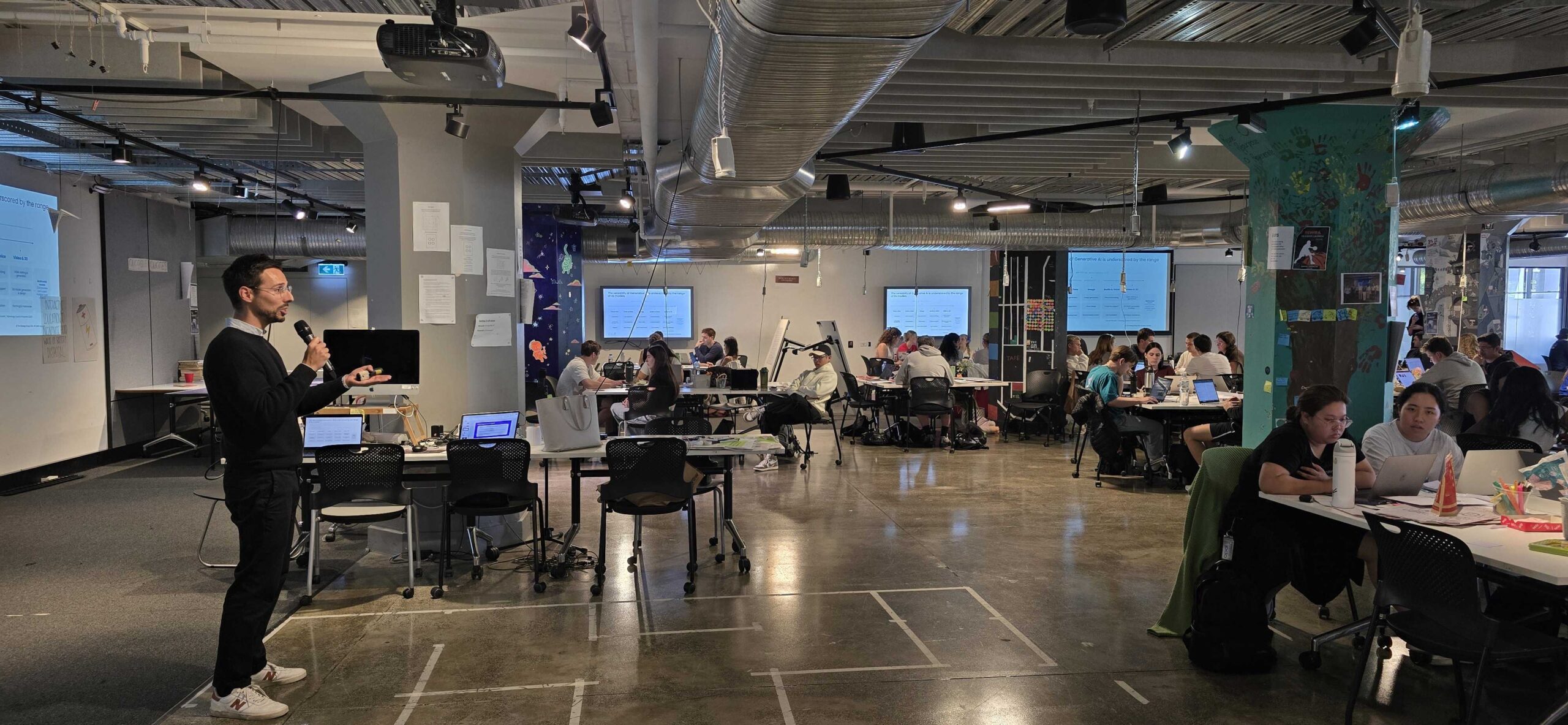The conventional values that were used to label customer needs no longer apply in today’s global market. Advancing technologies are powering customer experiences and empowering the connected masses and their ‘weapons of mass distraction’.
Digital disruption is not new, but the velocity of change is growing, and organisations are at-risk of being swallowed up by corporate giants who are capitalising on customers deeper desires and needs or made irrelevant by the multiplying digital natives and start-ups offering niche value propositions and waiting for their opportunity to slot themselves in for market share that organisations failed to deliver on in their digital customer strategy.
Digital disruption and changing customer needs require organisations to reframe their customer strategies to survive, adapt, and conquer perpetual digital change by focusing on their customer experience strategy and customer needs.
A paradigm shift in customer needs and expectations
A side effect of this accelerated and, in some cases, enforced digital adoption, has been a paradigm shift in customer expectations and needs.
This has made vulnerable those industries who thought themselves relatively insulated from the digital giants that have laid waste to the business models of legacy providers in other less protected industries.
Take health for example. Patients who would have always attended a doctor’s appointment in person are now on the phone to their Tele Health professional or online to an AI doctor, and accepting their prescriptions from their Amazon delivery driver.
The growing need for organisations to be strategic
These factors are leading to immense challenges and opportunities for existing organisations, who will survive or thrive on their ability to adapt strategy to customer needs, wants and expectations.
Business models and value propositions are expiring faster, and uncertainty is accelerating the course of digital change and shifting customer behaviour.
It is becoming a much greater challenge for organisations who don’t have the strategic infrastructure in place to identify, and execute customer strategies that are feasible, viable, and more importantly, desirable in our digital age.
Over the past year we have watched many medium-to-large sized companies deploy traditional customer strategies enabled by digital technologies without the capability or digital maturity to do so, resulting in greater risk, politics, and panic in an attempt to retain and stabilise customer relationships.
Customer needs have shifted
The digital age that we now live in is defined by rapid change and seamless connectivity for those players in the value chain. Customers’ needs have moved beyond the conventional values of reasonable pricing, quality of service, speed, and personalisation.
Digital disruption has transported customers desires up Maslow’s hierarchy of needs and become more about the hedonic properties of the experience they are delivered. These profound needs could be sensations of connection, recognition, freedom, flow, and the ability to fulfil intrinsic goals on top of the service being provided to them.
Research suggests that the most effective customer strategies need to place the customer at the centre of the organisation to maximise retention, engagement, satisfaction, loyalty, and growth. This means involving the customer in value creation activities, co-creating shared meaningful goals with customers, and proactively designing new experiences for the customer.
The power has shifted
The power has shifted, and thus the role of the customer is becoming more and more like the key stakeholder.
Customers now have easy access and control of the global market available at their fingertips, and the physical counter that used to mediate the roles of interaction between the organisation and the customer have been removed completely.
The profoundly changing needs of customers requires organisations to spend more time defining value with their customers, rather than just focussing on delivering their version of value to them.
The enhanced availability of quality services has not only influenced the competition but has also affected the distinction between customer needs and expectations.
Consequently, needs have become deeper and more intrinsic for a lot of customers and expectations are more stringent.
Customers are less forgiving of mistakes, are less likely to show loyalty, and have the access and agency to be experts about your products and services without needing to engage with a salesperson. T
his is why, for firms to survive, they must constantly re-frame and adapt their customer strategy with a focus on the customer experience and taking advantage of digital disruption.
Digital capabilities will enhance your customer experience
Organisations need to create customer experience strategies that are agile, co-create value, and deliver empathetic communication to survive and flourish in today’s climate.
Emerging technologies and digital advancements are the drivers of innovation and value creation that can foster enhanced dynamic capabilities.
These digital capabilities allow organisations to be more agile, flexible and responsive to changes in customer behaviours and in the business environment.
Paired with proactive strategies and empathy-driven communication, organisations have the opportunity to meet the deeper psychological and self-actualising needs of customers in today’s world.
Define your differentiators
There is a clear discourse between customer strategy and digital strategy, and it’s the reason why over half of the companies on the Fortune 500 have fallen off the map since 2000.
Understanding shifting customer needs is one thing and identifying the differentiator between you and a competitor is just as important. Offering the same type or quality of service as a competitor is not going to help a business gain competitive advantage, regardless of whether or not they’re meeting the needs of customers.
The call-to-action when developing a customer strategy must be about disruption or differentiation, as customers today can seamlessly compare service providers before making purchase decisions, limiting capability to form relationships and improve acquisition.
Adapt your customer strategy through a digital lens
Many large organisations have already begun building momentum and have adapted to these changes in the business environment. They have utilised data supported business models to transcend traditional customer experience models, understanding and proactively supporting customer needs, preferences, routines, and even emotional states.
An example of these emerging digital strategies involves transferring certain transactional tasks from the employee to the customer, such as Amazon’s cashier-less convenience stores, Hyundai offering VR test drives and virtual showroom experiences, or banking apps that allow full customer control of personal finance.
These non-contact services are responding to the shifting customer attitudes and behaviours enabled by digital disruption illustrating the power of digital capabilities in developing proactive customer strategies to meet their deeper needs and desires.
What next?
Digital Disruption is not new, but customer needs and attitudes are changing as a result of digital advancement.
Developing a digital customer strategy is not about selling your products and services through an online channel, adjusting the price in response to competition, or implementing a chat bot feature to improve customer communication.
Customer needs have become deeper, and much like Maslow’s hierarchy, there is more success in meeting the psychological needs of customers, rather than just their physiological ones. This shift requires customer strategies to be developed with more inclusivity, creating value with customers, for customers, and within the customers context to enhance loyalty and visibility of your organisations enhanced digital capability.
Here at the Strategy Group, we work with organisations to develop, define, and execute meaningful customer strategies that place digital technologies, customer experience, and human-centred design at the forefront of innovation.
With our help organisations can discover the deeper needs of their customers and identify growth opportunities to stand out from the competition.
If you’re looking to deploy a customer strategy, whether it’s through an acquisition, engagement, or digital lens, please do not hesitate to reach out to us to find out how you can maximise growth opportunities whilst staying relevant in the future of digital disruption.
Are you following us on social media?LinkedInInstagram
Contact Us
Have any questions? Want to know how we can help you and your organisation? Contact us using this form.
We can work with you to design and support implementation of a strategy for your business unit, for your entire organisation, or for any segment of your organisation where a fresh approach will add value.
We will use a combination of globally-recognised leading-edge processes, coupled with our proprietary validated toolbox to develop a bespoke, customised strategy, which we can assist you in implementing, that will deliver tangible impact and value to your organisation and your customers.
We have been designing and implementing strategy solutions since 2003 and we have the expertise and the experience not only to deliver, but to overdeliver.
Join 10,000 others who want the latest insights, tools, tips and resources. We help you get better results by staying on top of the latest methodologies and thinking.












